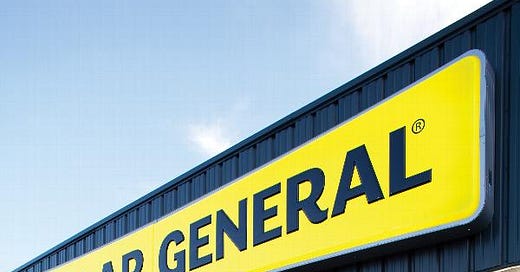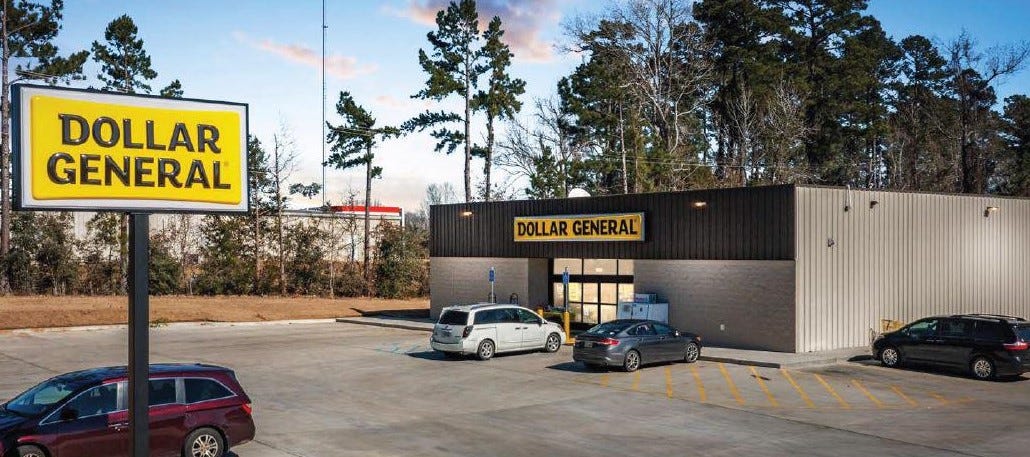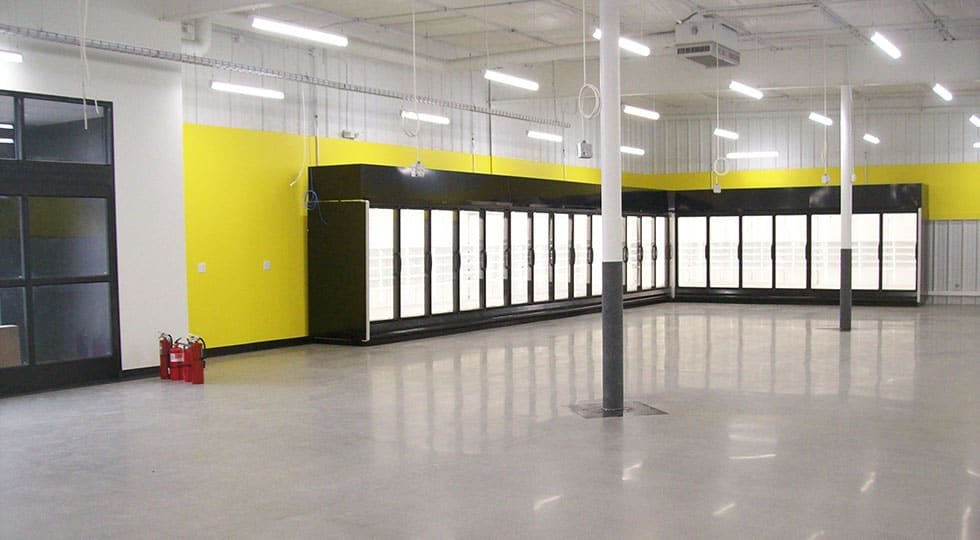Dollar General Has 20,000 Stores But Wants 12,000 More: Why Adaptive Reuse May Be Key To Its Future Growth
And Former Drugstore Sites In Particular
Last week Dollar General opened its 20,000th store in the U.S.
For reference, that is:
More than twice the number of CVS drugstores
Approximately four times the number of Walmart Supercenters; and
Roughly ten times the number of Target stores in the U.S.
It is also more than the ~15,000 cafes operated by Starbucks and the ~13,000 McDonalds restaurants in the U.S.
And, incredibly, Dollar General opened nearly 1/2 of these stores - close to 10,000 total - in just the past 10 years!
Dollar General now has a store within 5 miles of 75% of the U.S. population.
And despite this extensive store coverage, Dollar General management still sees the opportunity to open more than 12,000 additional stores over the next decade!
The Company’s formula for developing and opening new stores may have to change, though, as it attempts to reach its growth target.
Most Dollar General stores have been built as new construction from the ground up by independent developers - often in rural and tertiary markets.
But high interest rates, increased building costs and challenges to obtain permits are making new store construction quite challenging for developers - and may shift Dollar General to adaptive reuse for much of its future new store development.
To build new for a new store for Dollar General, Developers must first acquire a site, obtain site plan approval and building permits, construct the pre-engineered metal building mandated by the Company and turn the finished building over to Dollar General for interior work.
In return they generally receive a 15 year lease, often at a low fixed annual rent, with Dollar General on the hook for buildout and site expenses.
But all costs have increased for developers in recent years: land acquisition, construction, interest expense - and all while many real estate values have simultaneously declined.
These factors can often turn what may have been marginally profitable projects for many developers into deals where they may lose money.
As a result, many developers have passed on starting new Dollar General projects.
Additionally, Dollar General is not always met with a warm welcome in many communities where it seeks to locate:
More than 75 communities have voted down proposals for new Dollar General stores since 2019.
So with developers tapped out from high costs and communities rejecting many new projects, could adaptive reuse of existing buildings be key for Dollar General to meet store growth plans?
Adaptive reuse is not a foreign concept for Dollar General.
It has completed previous building conversion projects - including backfills of former drugstores and other similarly sized properties.
And drugstore real estate may just be Dollar General’s ticket for future store growth.
Rite Aid is in bankruptcy and has already closed hundreds of stores. If it does not reorganize and emerge from bankruptcy, all of its 2,200 locations may close.
CVS and Walgreens have also been aggressively reducing their store counts by the hundreds each as leases expire and they focus instead on higher volume sites.
Dollar General may be hitting its next growth stride at just the right time to pivot to adaptive reuse - with ample former drugstore real estate inventory expected to be available.
So many more of the next hundreds (or thousands) of future Dollar General store openings may be in converted drugstores rather than pre-engineered metal buildings in rural towns.








